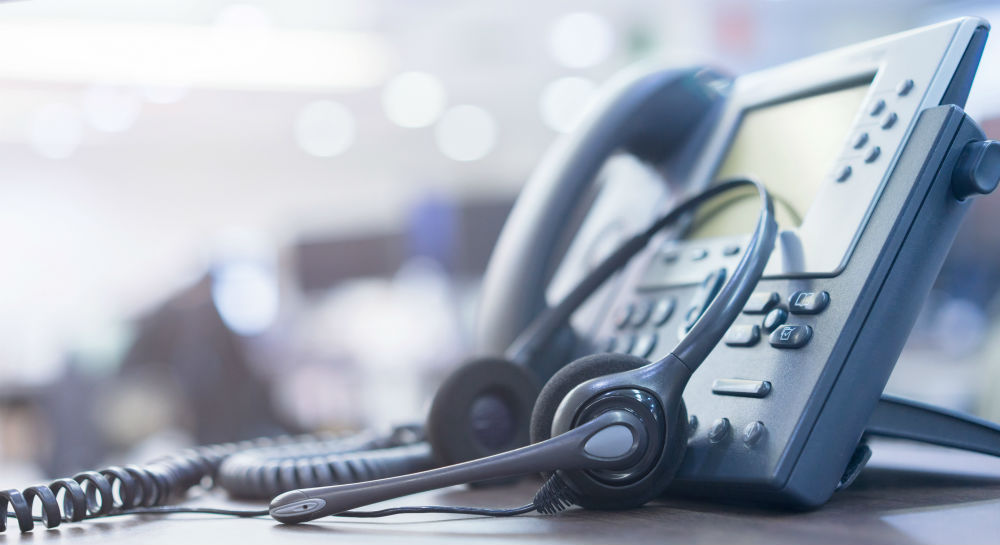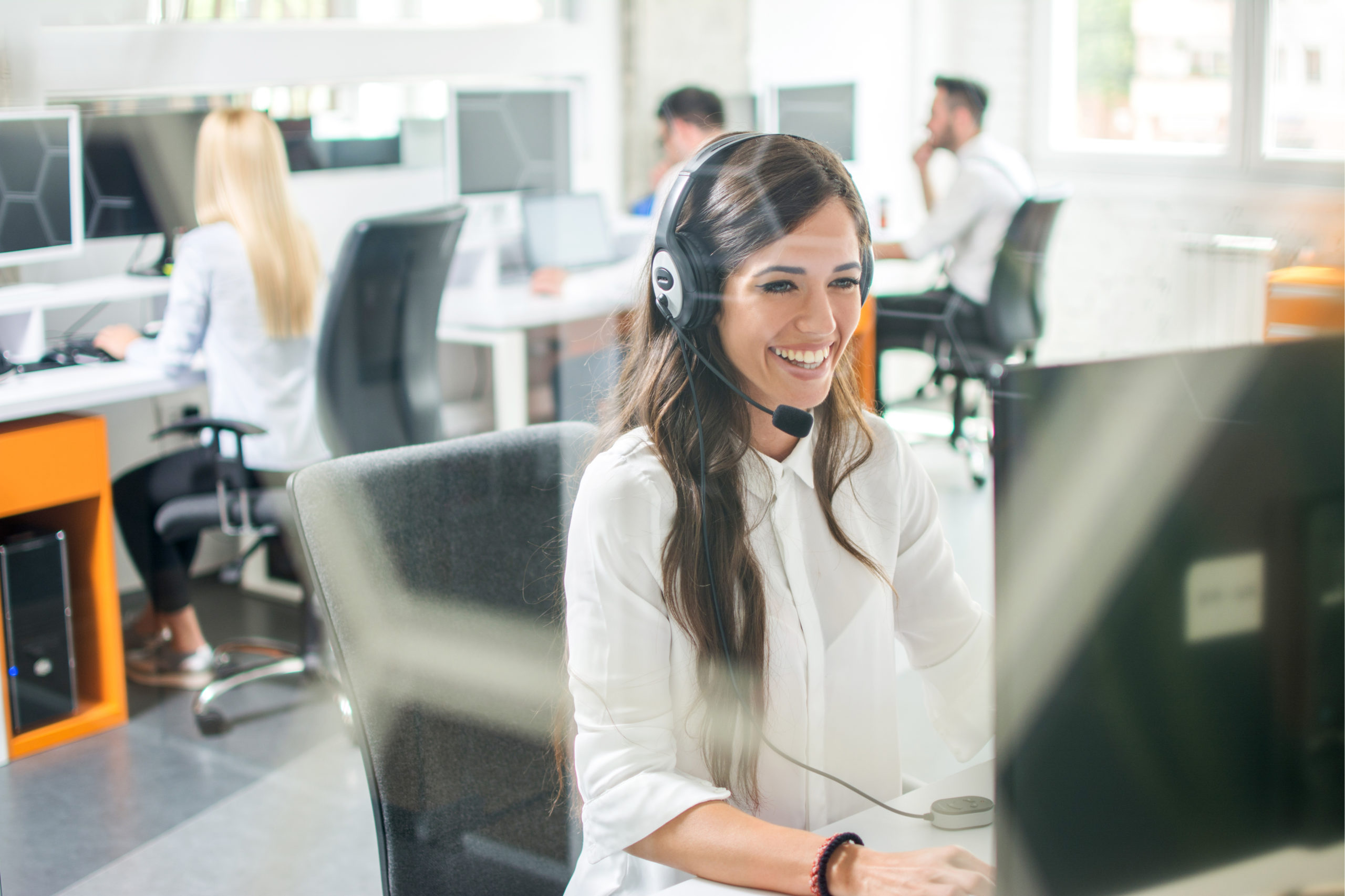All Categories
Featured
Table of Contents
- – The Best 24/7 Phone Answering - Au-based Operat...
- – Which Is The Best What Is An Answering Service?
- – What Is The Best Answering Service Operator: W...
- – How Much Does It Cost To Have A Phone Answeri...
- – What Is The Best Telephone Answering Services...
- – Which Is The Best What Is A Phone Answering ...
The Best 24/7 Phone Answering - Au-based Operators - Alltel Australia?
This device and its successors were developed by Sava Jacobson, an electrical engineer with a private consulting organization. While early voice mail utilized magnetic tape technology, a lot of modern equipment uses solid state memory storage; some devices use a combination of both, with a solid-state circuit for the outbound message and a cassette for the inbound messages.
"toll conserving" below) (phone call answering). This is beneficial if the owner is screening calls and does not wish to talk to all callers. In any case after going, the calling party ought to be notified about the call having been addressed (most of the times this starts the charging), either by some remark of the operator, or by some greeting message of the little bit, or dealt with to non-human callers (e.
This holds specifically for the Little bits with digitally stored welcoming messages or for earlier machines (before the increase of microcassettes) with a special endless loop tape, different from a second cassette, dedicated to recording. There have been answer-only gadgets without any recording capabilities, where the welcoming message had to notify callers of a state of present unattainability, or e (virtual call answering service).
Which Is The Best What Is An Answering Service?

about accessibility hours. In taping Littles the greeting usually includes an invite to leave a message "after the beep". A voice mail that utilizes a microcassette to tape-record messages On a dual-cassette answerphone, there is an outbound cassette, which after the defined number of rings plays a pre-recorded message to the caller.

Single-cassette answering makers consist of the outbound message at the beginning of the tape and incoming messages on the staying area. They first play the announcement, then fast-forward to the next offered area for recording, then record the caller's message. If there are lots of previous messages, fast-forwarding through them can cause a significant delay.
This beep is frequently described in the welcoming message, asking for that the caller leave a message "after the beep". Little bits with digital storage for the recorded messages do not reveal this delay, of course. A TAD may provide a push-button control center, whereby the answerphone owner can call the house number and, by going into a code on the remote telephone's keypad, can listen to taped messages, or delete them, even when far from home.
What Is The Best Answering Service Operator: What Is It? And How To ... On The Market Right Now

Therefore the machine increases the variety of rings after which it addresses the call (usually by 2, resulting in 4 rings), if no unread messages are presently kept, but answers after the set variety of rings (typically two) if there are unread messages. This permits the owner to discover whether there are messages waiting; if there are none, the owner can hang up the phone on the, e.
Some devices also enable themselves to be from another location triggered, if they have actually been changed off, by calling and letting the phone ring a certain big number of times (usually 10-15). Some service companies abandon calls currently after a smaller variety of rings, making remote activation difficult. In the early days of Littles a special transmitter for DTMF tones (dual-tone multi-frequency signalling) was regionally needed for remote control, given that the formerly used pulse dialling is not apt to convey proper signalling along an active connection, and the dual-tone multi-frequency signalling was implemented stepwise.
Any incoming call is not identifiable with regard to these homes in advance of going "off hook" by the terminal equipment. So after going off hook the calls need to be changed to proper devices and just the voice-type is immediately available to a human, but perhaps, however ought to be routed to a LITTLE (e.
How Much Does It Cost To Have A Phone Answering Services - Usa, Europe?
What if I told you that you do not need to in fact get your gadget when answering a consumer call? Somebody else will. So hassle-free, ideal? Addressing phone calls doesn't require somebody to be on the other end of the line. Effective automated phone systems can do the technique just as efficiently as a live representative and in some cases even much better.
An automatic answering service or interactive voice action system is a phone system that interacts with callers without a live person on the line - virtual answering service. When companies use this innovation, customers can get the answer to a question about your company just by using interactions established on a pre-programmed call flow.
Although live operators update the client service experience, many calls do not need human interaction. An easy taped message or guidelines on how a consumer can recover a piece of info usually solves a caller's instant requirement - business call answering service. Automated answering services are a simple and reliable way to direct incoming calls to the right person.
What Is The Best Telephone Answering Services Brand
Notice that when you call a company, either for assistance or product inquiry, the very first thing you will hear is a pre-recorded voice welcoming and a series of alternatives like press 1 for customer support, press 2 for questions, and so on. The pre-recorded choices branch out to other choices depending upon the client's choice.
The phone tree system assists direct callers to the right individual or department utilizing the keypad on a smart phone. In some circumstances, callers can utilize their voices. It deserves keeping in mind that auto-attendant choices aren't restricted to the 10 numbers on a phone's keypad. When the caller has selected their very first choice, you can create a multi-level auto-attendant that uses sub-menus to direct the caller to the ideal sort of help.
The caller does not have to interact with an individual if the auto-attendant phone system can handle their concern. The automatic service can route callers to an employee if they reach a "dead end" and need support from a live representative. It is costly to employ an operator or executive assistant.
Which Is The Best What Is A Phone Answering Service, And How Does It Work? Plan
Automated answering services, on the other hand, are considerably cheaper and offer significant expense savings at an average of $200-$420/month. Even if you do not have actually committed personnel to manage call routing and management, an automatic answering service enhances productivity by permitting your group to concentrate on their strengths so they can more effectively spend their time on the phone.
A sales lead routed to client service is a lost shot. If a consumer who has product questions reaches the incorrect department or receives insufficient answers from well-meaning workers who are less trained to manage a specific kind of question, it can be a reason for aggravation and frustration. An automated answering system can lessen the variety of misrouted calls, thereby helping your employees make better usage of their phone time while releasing up time in their calendar for other jobs.
With Automated Answering Systems, you can produce a customized experience for both your staff and your callers. Make a recording of your primary welcoming, and just upgrade it frequently to reflect what is going on in your company. You can develop as many departments or menu alternatives as you desire.
Table of Contents
- – The Best 24/7 Phone Answering - Au-based Operat...
- – Which Is The Best What Is An Answering Service?
- – What Is The Best Answering Service Operator: W...
- – How Much Does It Cost To Have A Phone Answeri...
- – What Is The Best Telephone Answering Services...
- – Which Is The Best What Is A Phone Answering ...
Latest Posts
Live Answering Service
Value Medical Answering Service Near Me
Business Answering Service – Brisbane
More
Latest Posts
Live Answering Service
Value Medical Answering Service Near Me
Business Answering Service – Brisbane